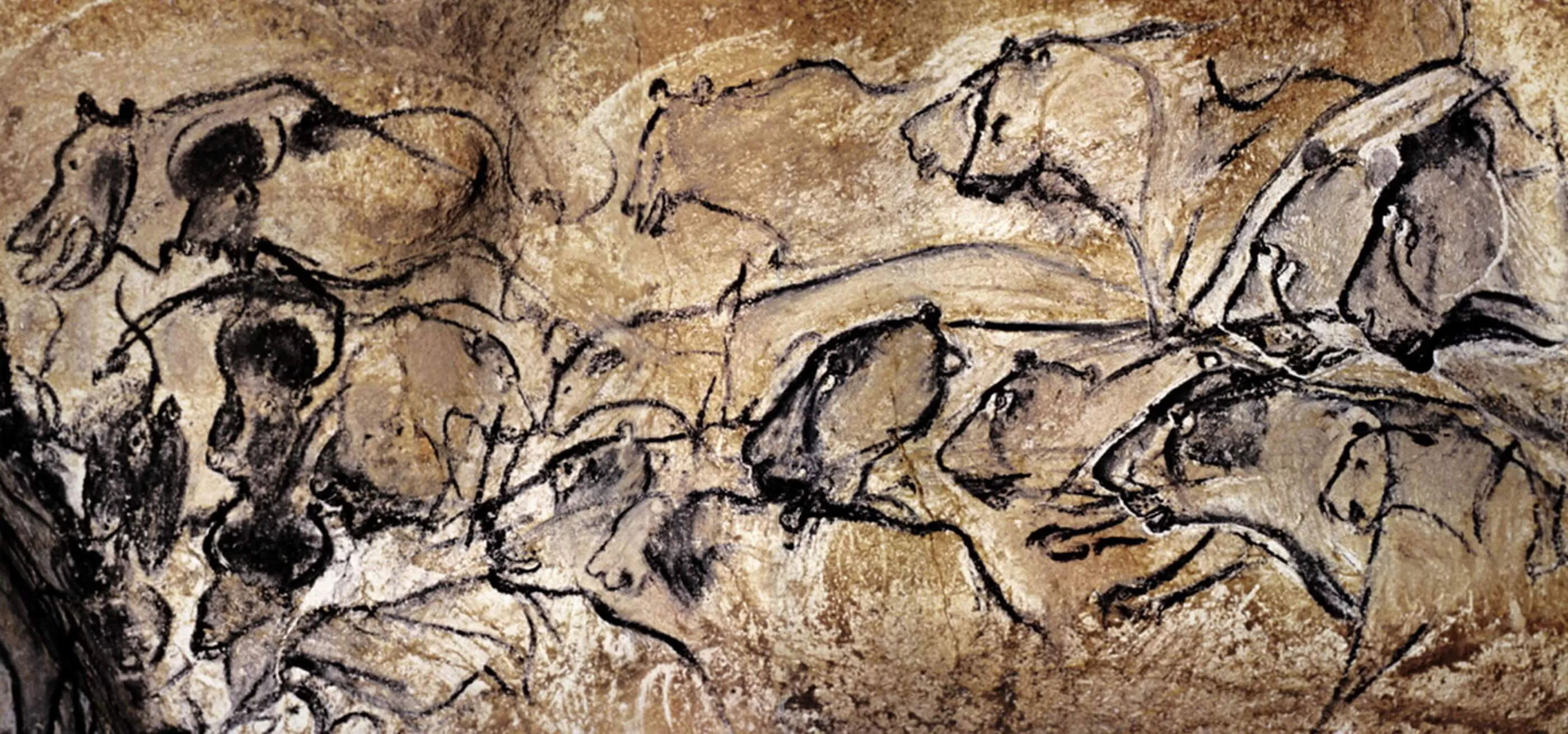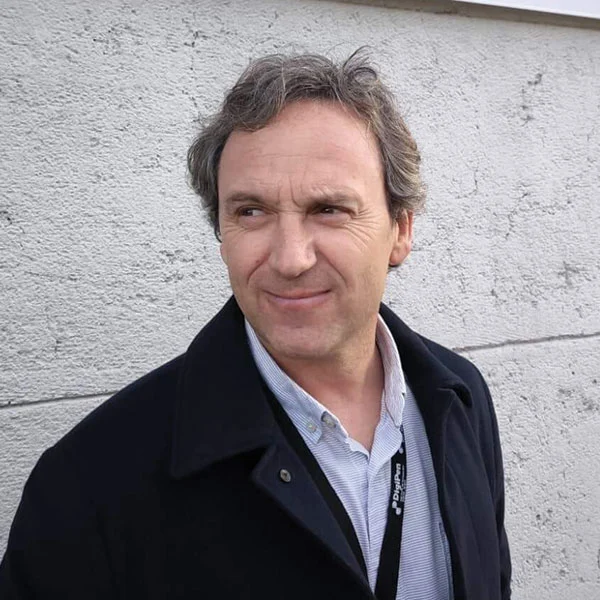Instructors at DigiPen Europe-Bilbao come from a variety of distinguished professional backgrounds. In our Faculty Focus series, we’re giving our talented educators a platform to directly share their expertise on relevant topics. This entry comes from Asier Azkarraga, Ph.D., the department chair of the Fine Arts and Animation.
Animation, as a form of artistic and narrative expression, has played a significant role in human culture throughout history. Although today we think of animation in terms of movies, series, and video games, its roots lie in a deep human impulse to bring life to existence through movement. This stems from the innate human need to create life through various means. We can observe this in early human societies from the Paleolithic era, where they used pictorial representations in caves and caverns, a clear attempt to bring humans and animals to life through scenes of hunting, running, stalking, and fighting.
Unfortunately, we do not have information about the motivations or impulses that led these early humans to create a series of scenes and sequences that reproduced movement in various figures. However, what is clear is that all these animated representations through different poses were a way to convey and communicate ideas. Whether through an animated narrative that depicted recent significant events or to pass on knowledge about the environment, wildlife found a way to transmit knowledge to future generations.
The Need to Bring Life to the Inanimate
From the earliest cave paintings, animation became a tool to bring the lifeless to life. Let’s imagine (or evoke) some of these representations, such as the group of lions in the Chauvet Cave in France that are considered some of the finest cave paintings in the world. The effects of flickering flames reflecting on the lights and shadows in the nooks and crannies of the cave offered an illusion of movement, all while the shaman narrated stories related to all of them.
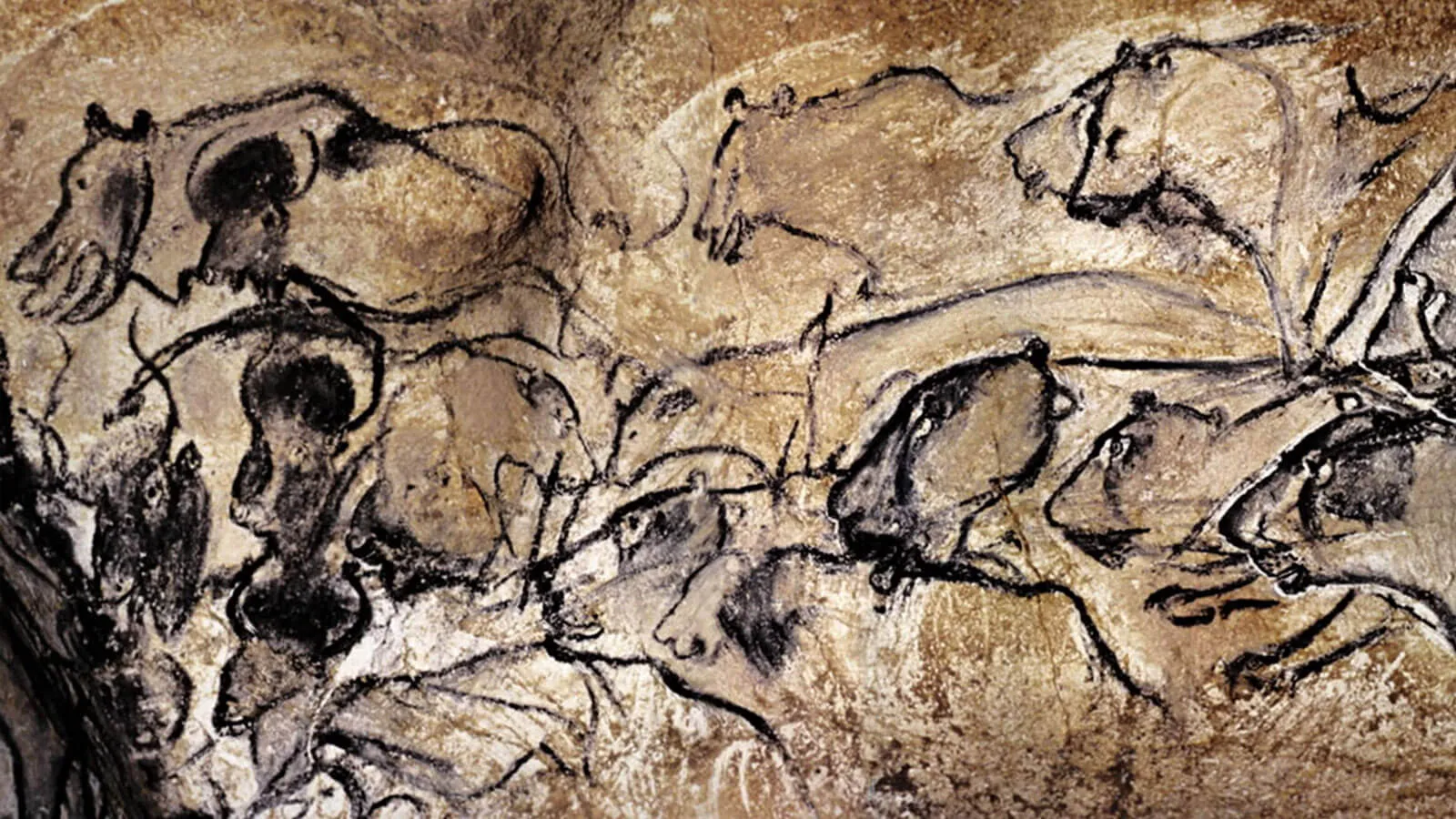
On the other hand, in ancient Egypt, we find an archaic form of animation in their funerary art, such as the well-known Book of the Dead where a whole amalgamation of sequenced hieroglyphic representations portrayed the supposed journey of the deceased to the afterlife. This allowed them to bring to life such abstract and difficult-to-define concepts as the existence beyond death.
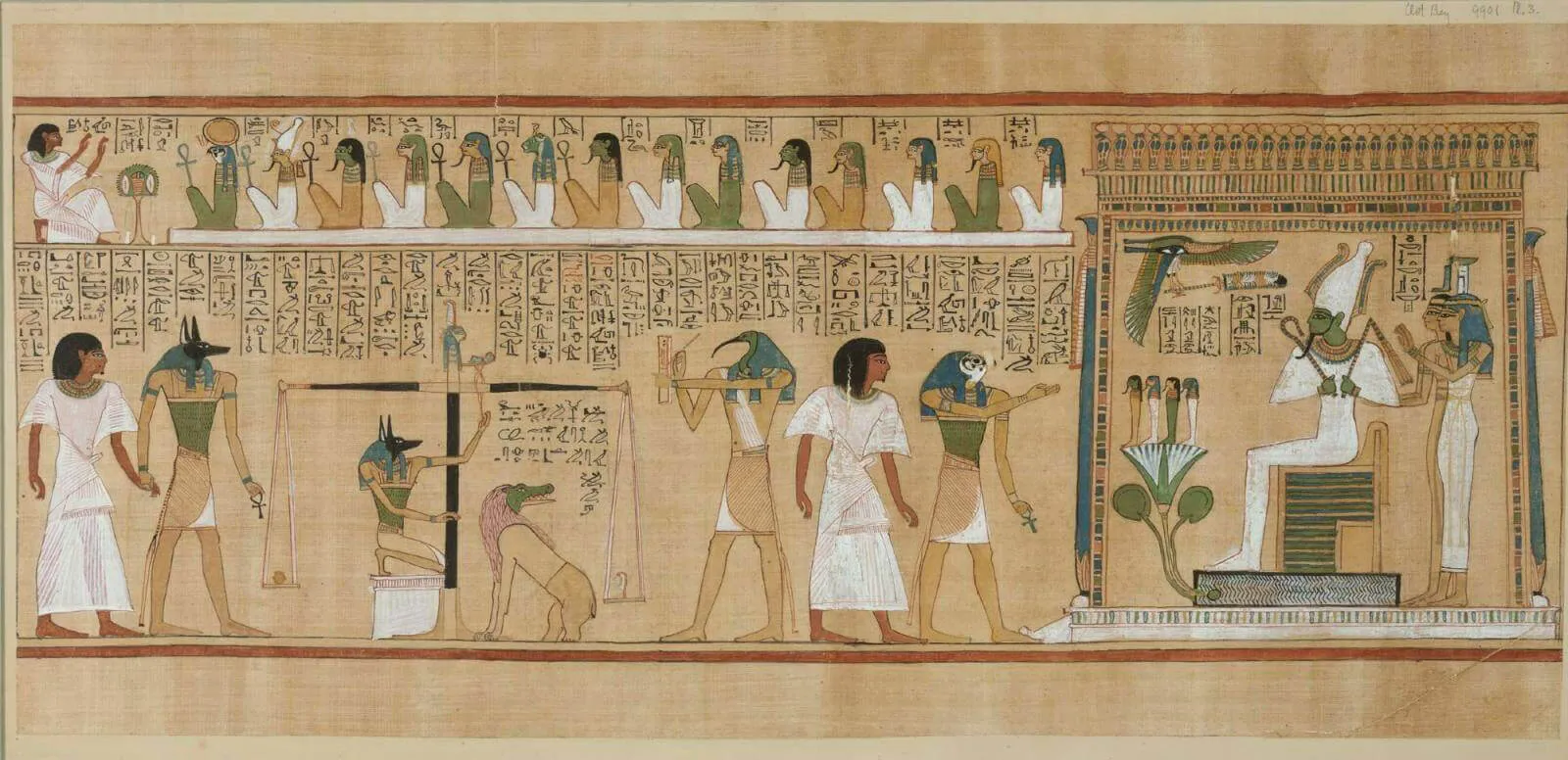
Similarly, and continuing with ancient Egypt, dolls have been found in Egyptian tombs that are over 4,000 years old, indicating an attempt to breathe life into inanimate objects through symbolic play where movement would be present. This is in line with what happens today, where children move and manipulate their human, animal, or fantastical-shaped toys.
Over the centuries, animation solidified itself through other media and initially inanimate objects, such as puppets and marionettes, which were used by puppeteers to tell stories and tales in cultures worldwide. To do this, one had to be able to, through precise movements, create the false illusion of being alive, and in this way, entertain or convey messages of all kinds.
Technology and the Animation Revolution
Starting in the 18th century and the advent of the Industrial Revolution, technological advancements made it possible for animation to achieve levels of realism that were previously unimaginable. One of these inventions was the “magic lantern,” a precursor to what would later become the film projector, which allowed moving images to be projected onto a wall. This was a true revolution because images could finally come to life, without the need for imagination. They could be seen on a larger scale and shared simultaneously by the viewers.
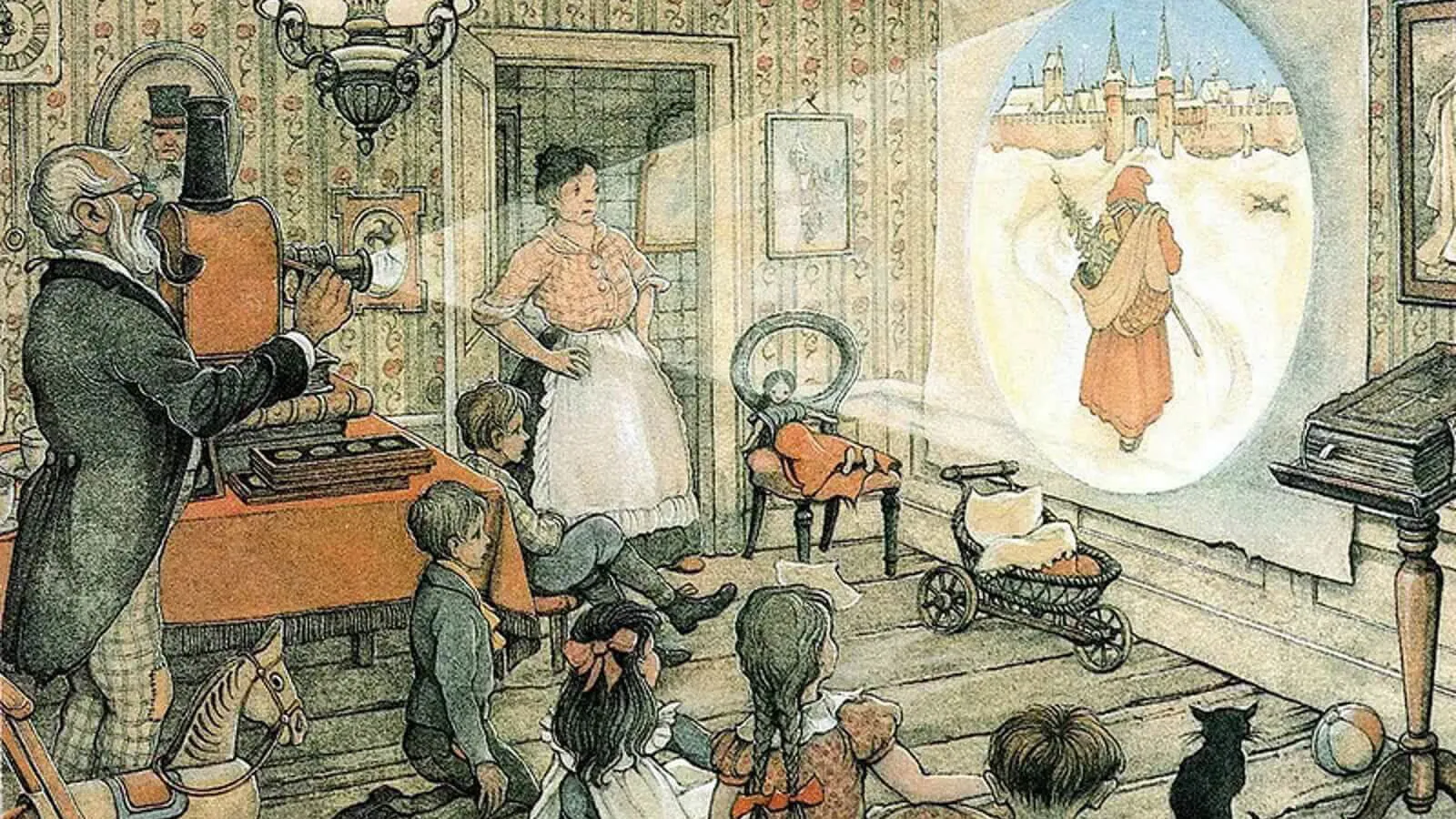
A century later, in the mid-19th century, thanks to the ongoing need to breathe life into images and objects, increasingly sophisticated tools were developed. The zoetrope and the praxinoscope, which created the illusion of movement from static images, such as dancers, moving animal cycles, and more. Imagine the reaction of the viewers when they experienced for the first time how static images came to life in front of their eyes!
Animation in Cinema
Shortly thereafter, with the invention of cinema, animation reached its peak and splendor. Pioneers like Georges Méliès experimented with special effects and camera tricks to create astonishing animated sequences in films such as A Trip to the Moon in 1902, which marked a milestone in the history of cinema and the beginning of animation as a new and novel way to tell stories and entertain the audience. This interest was consolidated and refined by Disney when, starting in the 1920s, they produced unforgettable animated works like Snow White along with iconic characters like Mickey Mouse.
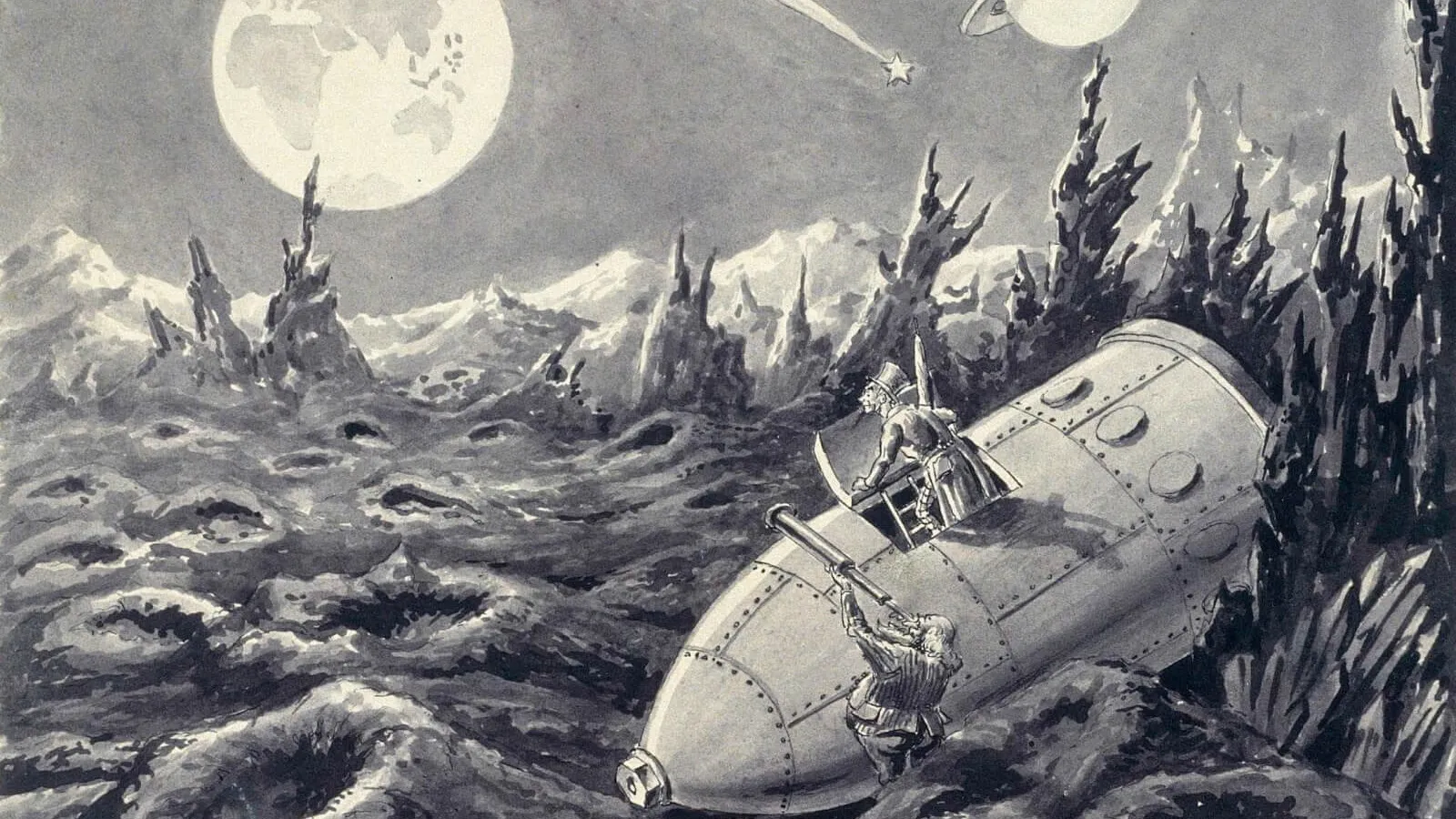
These masterpieces not only marked technical milestones, such as the first full-length animated film in technicolor or the era of 3D cinema, but also set the standards for storytelling and visual quality that continue to influence the current animation industry.
Learning From Tradition
We have seen how animation, from its humble beginnings in the shelter or depths of caves, to the most sophisticated and complex animated films and video games of today, has been the result of a clear human need to breathe life into the inanimate through movement across different mediums. We’ve also seen how through animation, the natural world has been explored, stories and emotions have been shared, and imagination has been set free.
At DigiPen Europe-Bilbao, we remain true to this long tradition of creativity and a passion for animation, inspiring our students with the pioneering and innovative spirit of the early animators. Whether in film production or video games, and with a focus on narrative importance, character creation, and the application of cutting-edge technology, our “apprentice magicians” are guided by our experience and expertise that help them delve into the traditional techniques of 2D animation and the technologies of 3D. Their goal is to make their own contribution to this exciting world, much like our ancestors, and seek to breathe life through the magic of animation.
Exploring the origins of animation in humanity is delving into a fascinating journey through the symbolic and artistic ability of the human being. Through it, we were (and are) able to convey our stories, beliefs, dreams, and deepest fears, turning each image and each frame into a time capsule of human imagination.”
About the Author
Asier Azkarraga, Ph.D. is the department chair and professor in the Department of Fine Arts and Animation at DigiPen Institute of Technology Europe-Bilbao. With a strong background in anthropology and a prolific career in animation, Azkarraga stands out as an expert in both disciplines.
